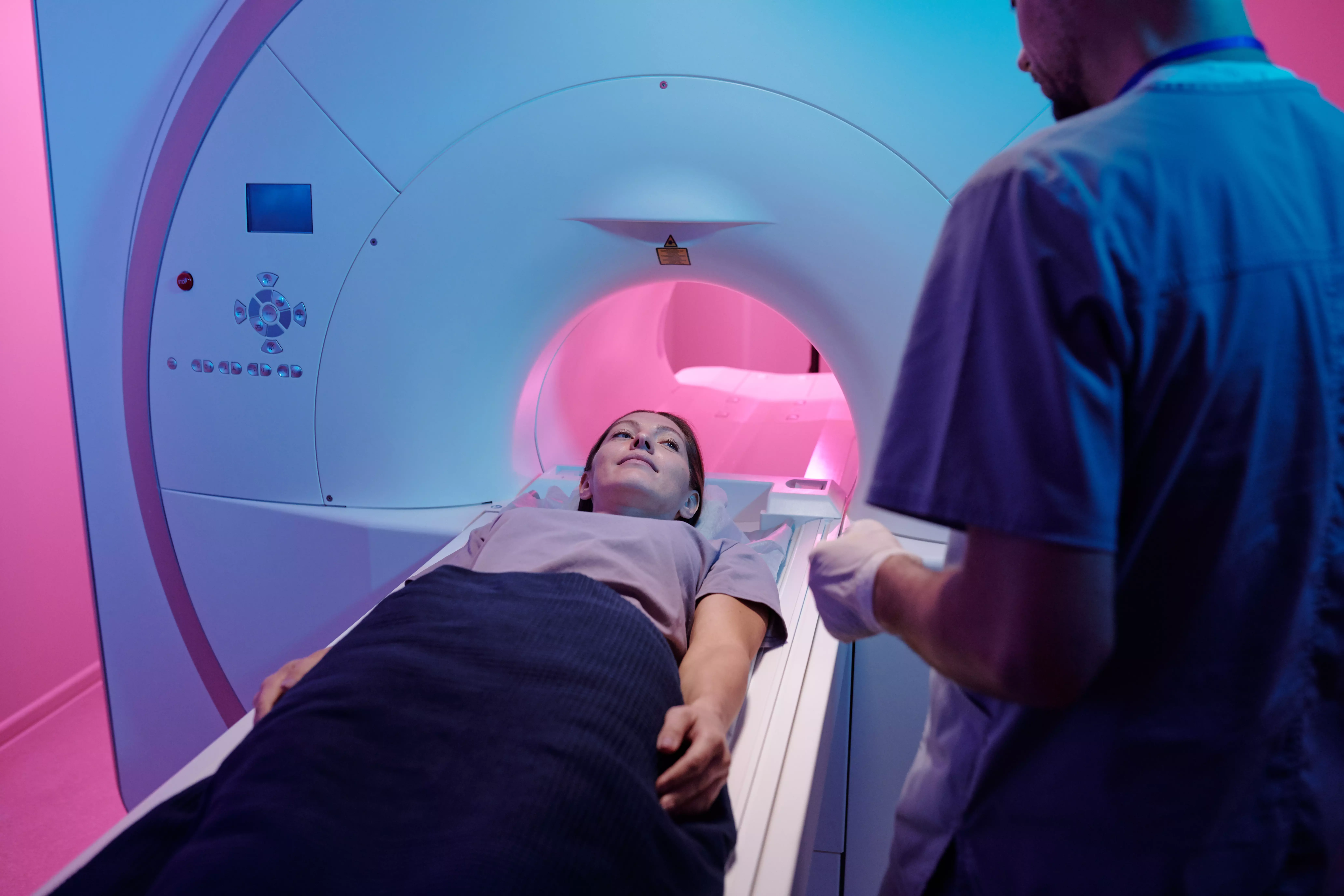Proton therapy - what is it and how does it work?
Among the various types of radiation therapy used to treat cancer, proton therapy is gaining prominence as a method that focuses high-energy rays on cancer cells with unprecedented precision. But what exactly is proton therapy and how does it work?
What is proton therapy?
Proton therapy is a form of radiation therapy that uses a beam of protons to treat cancer. Protons are nuclei of hydrogen atoms that can be accelerated to high energies using a cyclotron or synchrotron. At high enough energies, protons can penetrate tissue and deliver energy directly to the tumor.
This method is categorized as one of the so-called targeted therapies, which involve precisely targeting the therapeutic action exactly where it is needed most. In this way, proton therapy minimizes the risk of damaging healthy tissues around the tumor.
How does proton therapy work?
On a physical level, proton therapy works because of the unique properties of protons. When high-energy protons pass through tissue, they lose energy in a predictable manner known as a Bragg peak. At the end of their path, the protons rapidly lose energy, resulting in the localization of the delivered radiation dose at a specific depth.
Thus, it is possible to control exactly where the protons will "stop" and deliver their energy. In practice, this means that proton therapy allows a high dose of radiation to be delivered directly to the tumor, while minimizing the dose received by healthy tissues before and after the tumor.

Advantages of proton therapy
The main advantage of proton therapy is its precision. With Proton Therapy, doctors can deliver a high dose of radiation directly to the tumor, with minimal impact on healthy tissues. This makes proton therapy particularly useful for treating tumors near sensitive structures, such as the heart, brain or eyes.
In addition, proton therapy can minimize the side effects of radiation therapy. Because healthy tissues are less exposed to radiation, patients may experience fewer side effects, such as fatigue, nausea or skin changes.
Conclusions
Proton therapy is an advanced form of radiation therapy that offers new possibilities in cancer treatment. Its unique properties allow precise delivery of radiation to the tumor, which increases the effectiveness of treatment and minimizes side effects. Nevertheless, it is a complex and expensive technology that is not available in all centers. As always, the decision to use proton therapy should be made on a case-by-case basis, taking into account the type of cancer, the patient's overall health and the availability of this technology.

Add comment